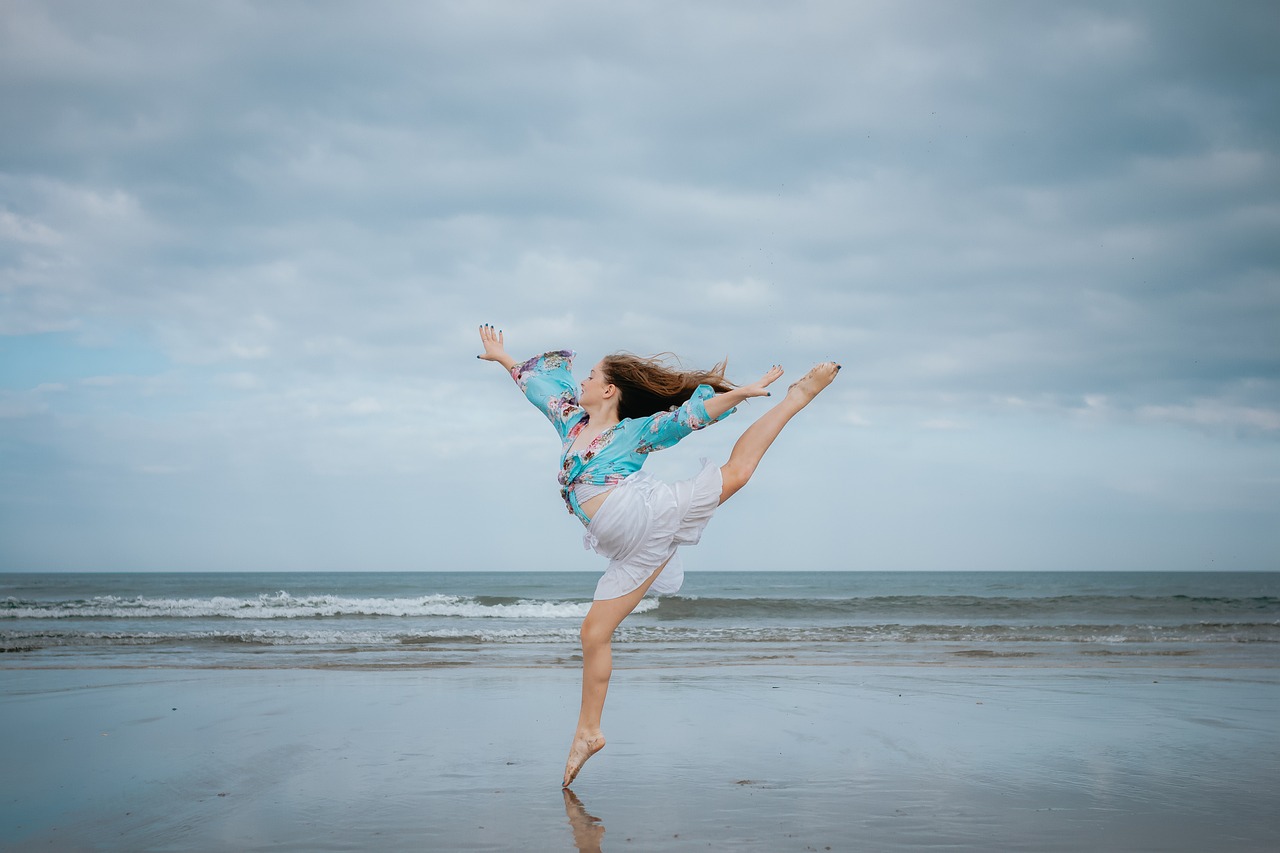Dance - Part 1
Exploring Expressive Movement Forms - Part 1
Welcome to the first part of our series on expressive movement forms! In this article, we will delve into the fascinating world of expressive movement, exploring different dance styles and physical expressions that captivate audiences worldwide.
The Art of Ballet
Ballet is a classical dance form that originated in the 15th century Italian Renaissance courts. Known for its graceful and precise movements, ballet combines music, storytelling, and intricate choreography to create a stunning visual experience. Dancers often spend years perfecting their technique to achieve the fluidity and elegance that define ballet performances.

The Power of Contemporary Dance
Contemporary dance is a modern form of expressive movement that blends elements of various dance styles, including ballet, jazz, and lyrical dance. Unlike traditional ballet, contemporary dance focuses on freedom of movement, emotions, and personal expression. Dancers use their bodies to convey abstract concepts and emotions, often pushing the boundaries of traditional dance forms.

The Elegance of Ballroom Dance
Ballroom dance encompasses a variety of partner dances, including the waltz, foxtrot, tango, and cha-cha-cha. Characterized by intricate footwork, close physical contact between partners, and elegant movements across the dance floor, ballroom dance is a social and competitive dance form that requires coordination, rhythm, and style.

Stay Tuned for More!
That concludes Part 1 of our exploration of expressive movement forms. We hope you enjoyed learning about ballet, contemporary dance, and ballroom dance. Stay tuned for Part 2, where we will continue our journey into the world of expressive movement with even more captivating dance styles!
